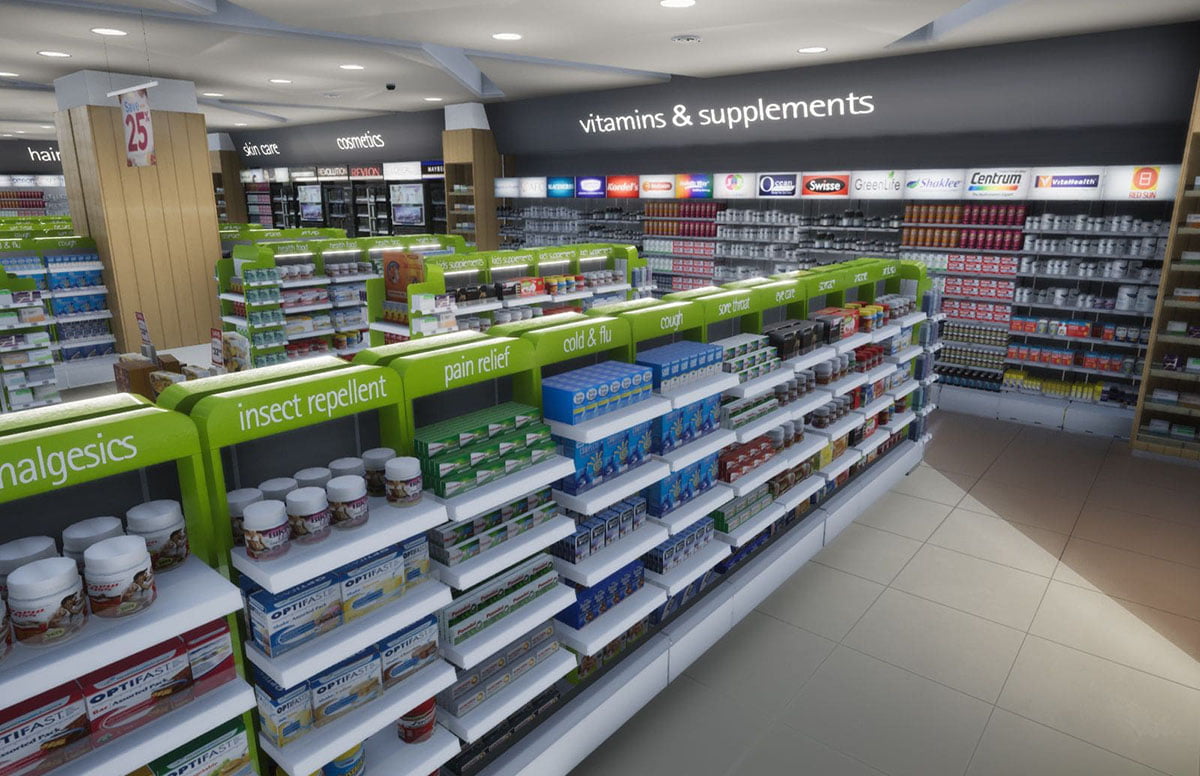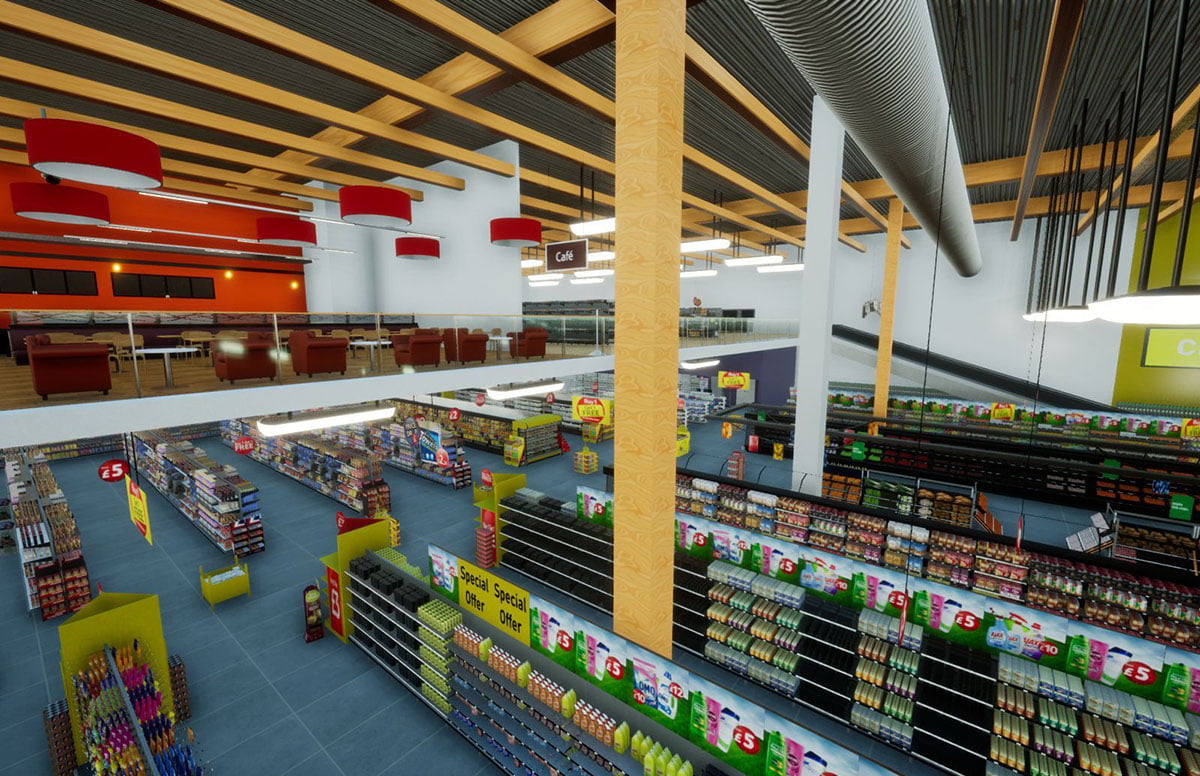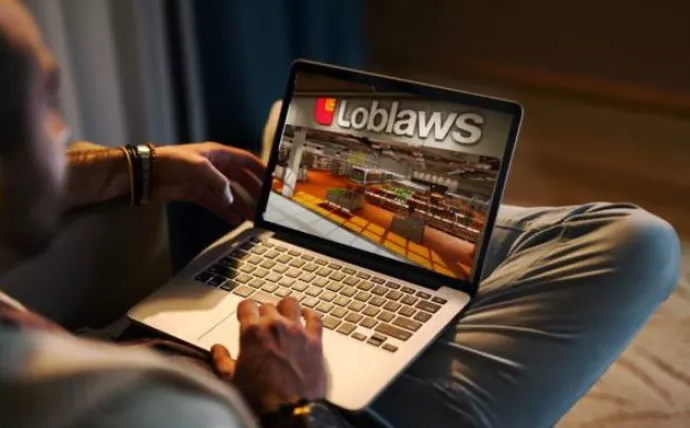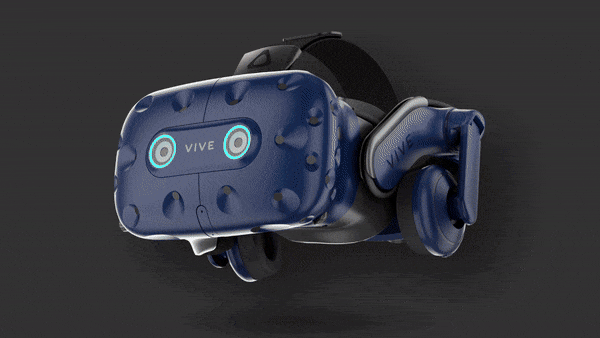What Is Planogramming? The Complete Guide for Modern Retailers
Product placement can make or break a retail store’s performance. Research consistently shows that effective store layouts and shelf strategies can directly influence shopper behaviour and sales, yet many retailers still overlook the power of precise visual planning.
That’s where planogramming comes in.
This guide breaks down everything modern retail leaders need to know about planogramming – from its core purpose to the evolution of VR-driven solutions like StoreLab Connect™.
Why Store Layouts Matter More Than Ever
Where a product sits on the shelf can impact whether it gets noticed, picked up, or left behind. In fact, studies show that optimised product placement can lead to sales uplifts of up to 20%, particularly for impulse-driven or high-margin categories.
Yet many retailers still rely on outdated layouts or guesswork, missing out on measurable growth.
What Is a Planogram?
A planogram is a visual representation or blueprint of how products should be displayed in a retail space. It maps out shelf positions, product quantities, facings, and adjacencies to ensure a consistent, strategic presentation across stores.
Planograms are used to:
- Boost sales through better visibility and flow
- Align with shopper psychology (like “eye-level is buy-level”)
- Maintain brand and supplier compliance
- Enable store teams to execute layouts correctly
Planogramming is the process of creating, testing, and rolling out these diagrams to support in-store execution.
Why Planogramming Matters for Retailers
Done well, planogramming directly supports:
Sales performance:
Better visibility drives product discovery and higher conversions.
Shopper experience:
Operational consistency:
Supplier partnerships:
In short, planograms turn layout into a measurable business advantage.
Challenges with Traditional Planograms
While planograms are valuable, traditional methods come with limitations:
How VR Planogramming Changes the Game
With VR-driven planogramming, retailers can test before they invest. Platforms like StoreLab Connect™ allow teams to:
Simulate store layouts in an immersive, real-world context
Planogram Management with StoreLab Connect™
StoreLab Connect™ provides an intuitive, data-enhanced planogramming experience. Retailers can:
Planogram management through VR reduces time-to-execution, improves accuracy, and makes store planning collaborative.
From Planogram to Execution: StoreLab FieldForce™
Designing a great layout is only step one — execution matters just as much. StoreLab FieldForce™ bridges the gap by enabling:
Examples: The ROI of Smarter Planogramming
Even hypothetical use cases show the value:
These outcomes are now easier to achieve thanks to VR shelf simulation tools.
The Future of Planogramming: Data + VR Integration
Planograms are no longer static diagrams — they’re becoming interactive, data-driven tools. The next generation of planogramming will involve:
AI-assisted layout optimisation
Seamless syncing between planning, testing, and execution
What’s Next?
Planogramming is no longer optional — it’s a competitive necessity. The retailers seeing the strongest growth are those using VR and data to inform how their shelves work.
Book a demo of StoreLab Connect™ to see how VR planogramming can help you streamline layout, improve execution, and lift sales.







